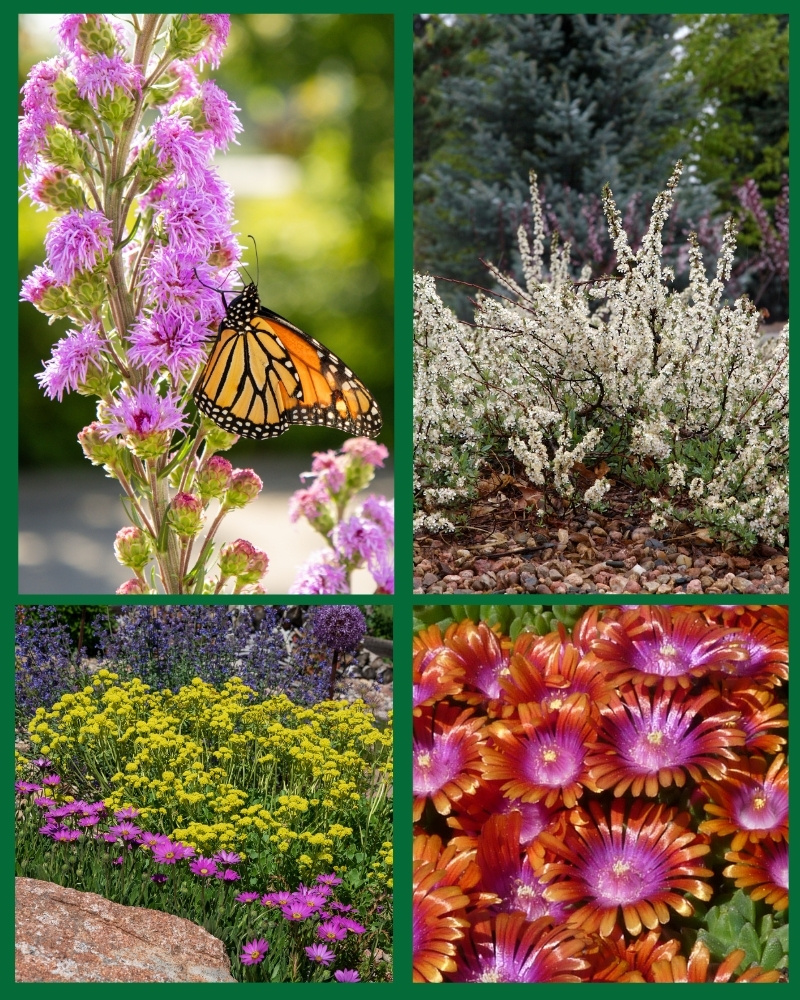Plant Select® Gardening in Steppe with Water Conservation
Gardening and landscaping fulfill different needs for all of us. Gardens can produce food, house plant collections, be creative expressions, and gardens can inspire and offer opportunities for reflection. Gardens are also a responsibility we can enjoy, ignore, or even resent. For most people, gardens in this century are often designed and experienced around time management. If you have been blessed this spring with an abundance of time, I hope you have been able to dig into your garden and reflect on your role as a gardener or what I like to call “ecosystem manager.”
Reorganizing a garden can be kin to deep cleaning your home. It’s so satisfying when complete, but the journey may be challenging, demanding, and full of conflicting emotions. When “deep cleaning” a garden, one can discover the abundance of life the plants in our garden support. Furthermore, the journey can present the realization that there is a bridge of responsibility to be found within our planted spaces. Every gardener, designer, landscape contractor, and municipality can go beyond landscaping as usual and routine maintenance finding themselves involved in something more complex, ecosystem management.
Coevolution is a point of reference in ecosystem management and a word used in understanding ecological food webs. It can be a strong word when making a point to plant native, which everyone should heavily consider as an ecosystem manager. However, another essential consideration for the arid west is water. Native plants, birds, and insects did not coevolve with the amount of water that is now reliably available for our lawns or leaking out of drip tube emitters. Access to seemingly limitless amounts of water has created a new environment for us to manage and for all native organisms to compete within. Our enhanced environment is ever more typical of other wetter parts of the country, which support a completely different set of organisms. One could argue that water conservation may have a more positive regional environmental impact on native plants and organisms than the sole purchase of native plants invited into our cultivated landscapes alone.
Did you know that Plant Select promotes 160 steppe region plants, and almost half (76) are North American native plants? Out of these 76 North American Native plants, 39 are native to Colorado. Inclusion into the Plant Select program almost guarantees their progeny will survive, even if humans drastically impact their native environment. Plant Select indeed promotes a diversity of regionally appropriate drought-tolerant plants that fulfill the interests and needs of all levels of gardeners and landscape professionals in our region. We are committed to excellent and responsible plant choices. So, no matter how big or small your project area, we encourage you to plant with ecosystem management at the root of your endeavors. Plant more beauty with a lot less water and garden in line with our steppe region.
Happy Gardening,
Ross Shrigley
Edited by Emily Goldman


